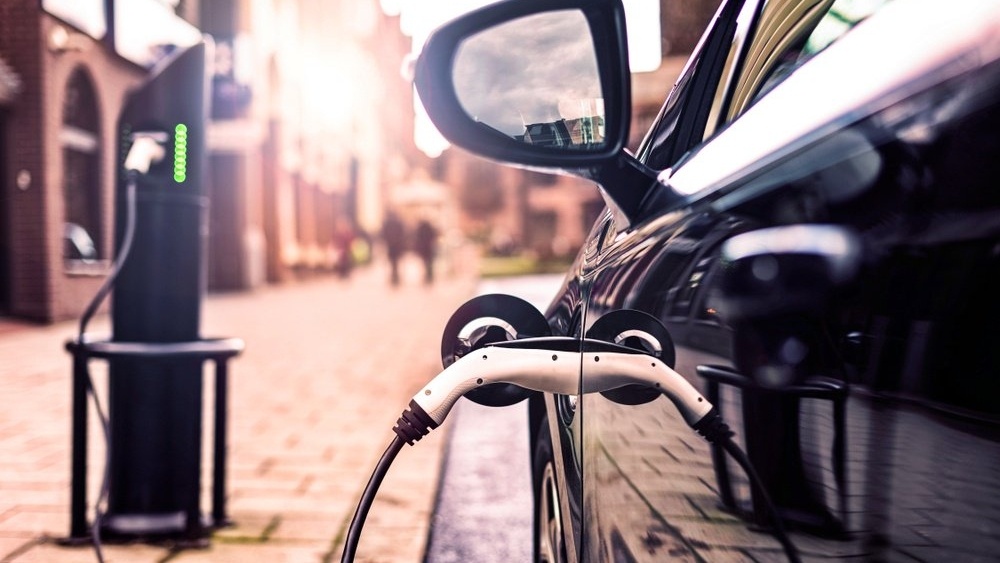
Transport sector electrification is a considerable concern for utilities faced with massive investments to accommodate an increasing electricity demand. But a rising share of EVs on the road doesn’t have to be a problem. New technology aims to turn EVs into a powerful grid asset.
Although EVs represent only a small percentage of global car sales worldwide, several automotive companies are increasingly investing in them. Technological improvements coupled with increasing regulatory pressures on internal combustion engines are pushing both incumbent car manufacturers and new markets entrants to roll out new car models in the coming years. McKinsey estimates that there could be ten to eleven million battery EVs on US roads by 2030.
As the number of EVs on the road increases, new challenges arise for utilities. According to Technology Review, plugging in an EV is, in some cases, equivalent of adding three houses to the grid, and EVs can consume as much electricity during one charging session as a refrigerator does in over a month. This is problematic in areas with capacity limits. The UK project “My Electric Avenue” showed that the uptake of EVs could lead to local low voltage distribution network stress, especially while clustered.
Transport sector integration coupled with changing electricity consumption and an increased share of renewable energy, force utilities to reinforce power grids worldwide. New R&D projects, however, aims to utilize new technology to help utilities reduce the need for reinforcements and turn EVs into a critical power grid asset. Let me give you a few examples.
Smart EV charging
Advanced metering infrastructure (AMI) is deployed at an increasing rate and provides utilities with opportunities to introduce novel pricing models to incentivize end users to adjust their electricity consumption patterns. Time-of-use rates will make it more expensive to charge EVs during peak hours. The idea is that end users will change their consumption to reduce electricity costs and so reduce power grid stress during peak hours. Not least, AMI enables utilities to analyze electricity consumption patterns to improve investment decisions.
The R&D project ChargeFlex works to develop an alternative to costly grid reinforcements. The goal is to utilize power grid flexibility to increase the local network capacity by 25 percent by taking advantage of EV flexibility management software, demand response strategies, and smart load management. Being genuinely innovative, ChargeFlex introduces advanced analytics to collect, analyze, predict, and manage electricity consumption. You can read more about the project here.
You might want to read this: Profit from integrating electric vehicles into the energy market
Battery Technology
EVs stand still most of the time, allowing end users and utilities to use their batteries for other purposes. EV owners can charge their car during times where electricity prices are low and then sell it back to the grid when prices are higher. Soon, EV battery capacity can make up an energy and power reserve that can be utilized for local production storage while the cars are connected to the grid. Today, EV charging can be adjusted up, down, or stopped altogether. EV charging demand can be compressed to three hours or drawn out over an entire weekend even. This functionality is rarely used centrally today but will represent an important tool for utilities shortly. In near future, EVs will be able to deliver electricity back to the power grid. This can mean that the energy remaining in your car after work can contribute to peak demand in the late afternoon, and then in turn finance your full recharge during the night.
Tony Seba, one of the foremost thinkers of sustainable market development and urban energy, once said: – A final change that will mean a lot, is that “everything” will run on batteries and share power as needed. In five to ten years, people will look back and find this natural, just as natural as it is using a smartphone today. And all this will happen because it’s cheaper and more convenient”.
The consultancy firm Deloitte, notes that utilities can modulate power flow between the power grid and the EVs to balance supply and demand and improve voltage quality. When the sun shines at its brightest or the wind blows at its strongest, EVs can absorb superfluous electricity helping power suppliers to avoid limit their production. When clouds cover the sun, or the winds quiet down, the power grid can draw power from the EV batteries to compensate for a reduced power supply. Each EV owner can specify the framework for battery usage through the car or an app, with automatic management. The gain is reduced losses in the distribution network, reduced need for power grid reinforcements, and a reduced need for fossil-based power.
The Norwegian utility Lyse Elnett, for instance, participates in the EU-funded project INVADE to test, control, and suggest innovative energy solutions which allow in-feeding of renewable energy in the power grid and smooth out consumption peaks. EVs are central to this. INVADE aims to deliver a cloud-based system for end-user flexibility management integrated with EVs and batteries to enable energy storage on a mobile, distributed, and centralized level to increase the amount of renewable energy in the power grid. You can read more about the project here.
Already today, EVs and EV charging stations can be controlled individually or collectively in real-time. eSmart Systems has developed a smart EV charging concept for the company Smartliv to adjust EV home charging to periods in time where energy costs and power grid stress are lower. EVs and this kind of EV charging management can reduce energy costs for both homeowners and commercial real-estate owners.
EVs have come to stay. Both ChargeFlex and INVADE are two good examples of how the time has come to discard the view of EVs as a threat to the power grid. Both EVs and EV charging stations are made to be managed. Implementing the possibilities and solutions described in this article will turn EVs into an asset both locally and centrally in the power grid.
Read also our guide to efficient power grid operations for the digital age.



.png?width=250&height=64&name=Grid%20Vision%20logo(250%20x%2064%20px).png)